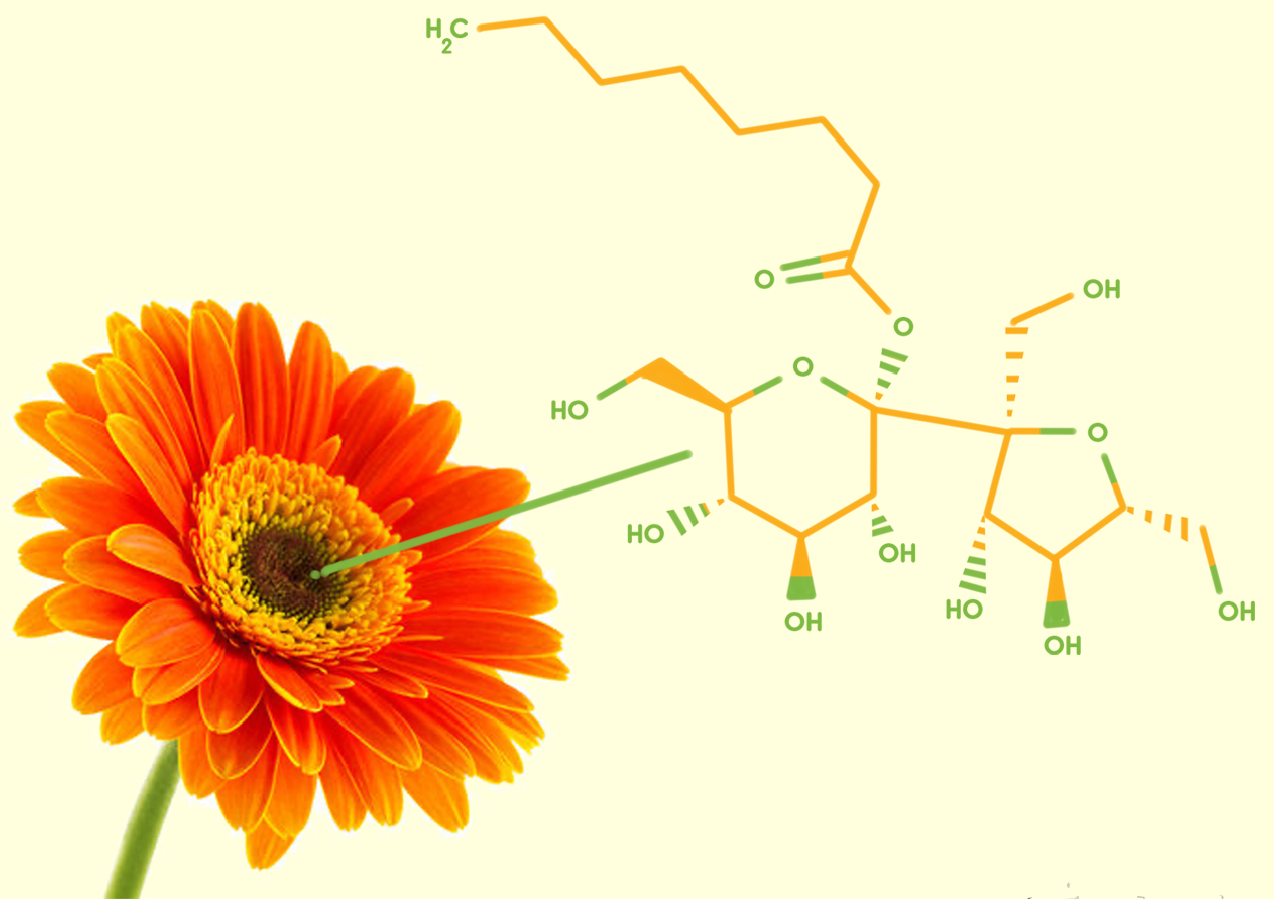
Sucrose octanoate esters (SOEs) are a group of chemicals used in various applications, including as emulsifiers, surfactants, and stabilizers. They are made by reacting a fatty acid, a sugar, and an alcohol in an eight-step process that involves several catalysts and solvents. The process is patented due to its unique solvent recovery and reuse properties.
The Eight-Step Manufacturing Process
Step 1: Reaction of Fatty Acid and Alcohol with Sulfuric Acid Catalyst
The first step in the manufacturing process of SOEs involves the reaction of a fatty acid and methyl or ethyl alcohol in the presence of a sulfuric acid catalyst. This reaction produces a fatty acid ester and water. The sulfuric acid catalyst is then neutralized with a metal carbonate to make a metal sulfate. The fatty acid ester is separated from the metal sulfate, alcohol, and water.
Step 2: Reaction of Fatty Acid Ester with Sugar in the Presence of a Metal Carbonate Catalyst
The second step involves the reaction of the recovered fatty acid ester with sugar that is dissolved in dimethyl sulfoxide (DMSO) in the presence of a metal carbonate catalyst. This reaction produces the SOE product and alcohol. The DMSO is then separated from the reaction mixture by vacuum distillation.
Step 3: Emulsification of Sugar Ester Product and Unreacted Fatty Acid Ester
In the third step, water is added to the reaction mixture to emulsify the sugar ester product and unreacted fatty acid ester. The unreacted sugar and metal carbonate dissolve in the water.
Step 4: Separation of Emulsified Mixture
The fourth step involves separating the emulsified sugar ester product and unreacted fatty acid ester from the water containing dissolved unreacted sugar and metal carbonate. This is done by breaking the emulsion of the sugar ester product and unreacted fatty acid ester.
Step 5: Purification of Sugar Ester Product
The fifth step involves the purification of the sugar ester product by dissolving the unreacted fatty acid ester in ethyl acetate. Substantially all the DMSO, alcohol, and ethyl acetate are recovered for reuse in the process.
Step 6: Recovery of Unreacted Sugar
In the sixth step, substantially all the unreacted sugar is recovered in a concentrated useful form.
Step 7: Patent Protection
The process for manufacturing SOEs is patented due to its unique solvent recovery and reuse properties. The patent number is #5,756,716.
Conclusion
In conclusion, OrganiShield's unique manufacturing process produces Sucrose Octanoate Esters with high efficacy and purity. Its patented solvent recovery and reuse properties not only make the process environmentally friendly but also contribute to cost-effectiveness. OrganiShield's Sucrose Octanoate Esters offer a natural and safe alternative to conventional pesticides without compromising on effectiveness. The benefits of using OrganiShield go beyond pest control and extend to sustainable agriculture practices that prioritize human and environmental health.

